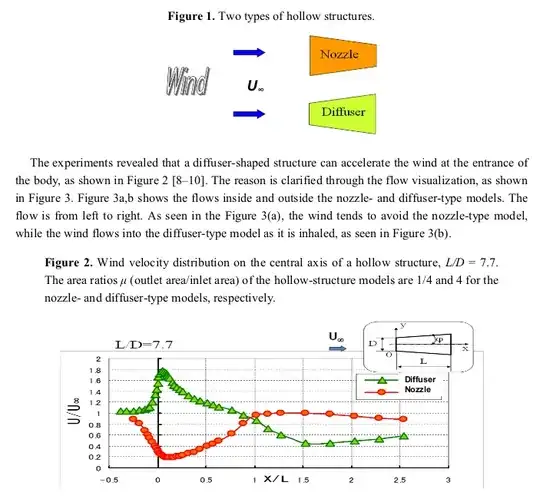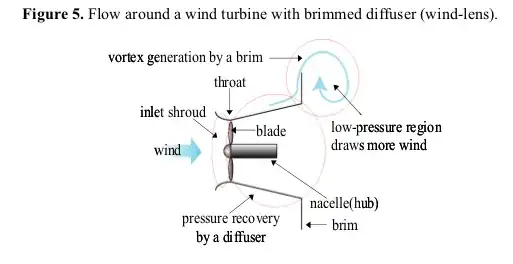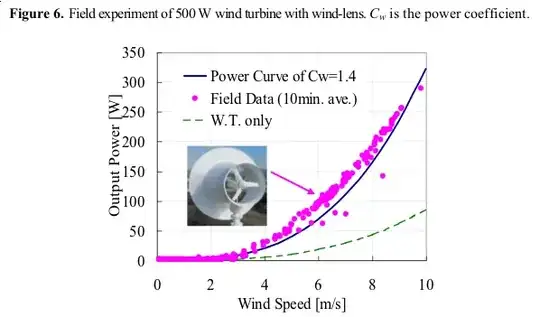Yes, it appears to be significant and valid.
Update: due to the questions below on scale, I have emailed the author of the paper, Dr. Yuji Ohya, to request his input on any potential issues with the increased size that will be required for industrial applications. Here is the email.
I searched google scholar for the named professor in the video, Dr. Yuji Ohya (see his web page on the Kyushu University site). Searching for him there reveals that he is quite well published in areas of fluid mechanics and modeling/simulation.
In any case, searching "Yuji Ohya lens" brought me to what appears to be his published work on this concept:
Ohya Y., Karasudani T. A Shrouded Wind Turbine Generating High Output Power with Wind-lens Technology. Energies. 2010; 3(4):634-649..
The full text is available for download at that link. Notable quotes from the text follow below.
Abstract:
We have developed a new wind turbine system that consists of a diffuser shroud with a broad-ring brim at the exit periphery and a wind turbine inside it. The shrouded wind
turbine with a brimmed diffuser has demonstrated power augmentation by a factor of about 2–5 compared with a bare wind turbine, for a given turbine diameter and wind speed. This is because a low-pressure region, due to a strong vortex formation behind the broad brim, draws more mass flow to the wind turbine inside the diffuser shroud.
They begin with an discussion of "nozzles" vs. "diffusers" (pg. 636):

They present the characteristics of their modified diffuser (pg. 638):

They also provide power generation data for a wind turbine only vs. one fitted with their diffuser/"lens" device (pg. 639):

Here is a description and picture of their experimental setup (pg. 641):

Some summary points about the design (pg. 638):
The important features of this wind turbine equipped with a brimmed diffuser shroud are as follows.
(1) Four-fivefold increase in output power compared to conventional wind turbines due to
concentration of the wind energy (“wind-lens” technology).
(2) Brim-based yaw control: The brim at the exit of the diffuser makes wind turbines equipped with a brimmed diffuser rotate following the change in the wind direction, like a weathercock. As a result, the wind turbine automatically turns to face the wind.
(3) Significant reduction in wind turbine noise: Basically, an airfoil section of the turbine blade, which gives the best performance in a low-tip speed ratio range, is chosen. Since the vortices generated from the blade tips are considerably suppressed through the interference with the boundary layer within the diffuser shroud, the aerodynamic noise is reduced substantially.
(4) Improved safety: The wind turbine, rotating at a high speed, is shrouded by a structure and is also safe against damage from broken blades.
(5) As for demerits, wind load to a wind turbine and structural weight are increased.
So, to conclude, it appears as though this is, indeed, valid research with documented results from actual experimentation. Regarding rebuttals, one may need to see if any appear citing this down the road. Honestly, though, as long as someone can replicate the trial, I don't see much to argue with -- it's power collected with and without the device. It either works or it doesn't.



